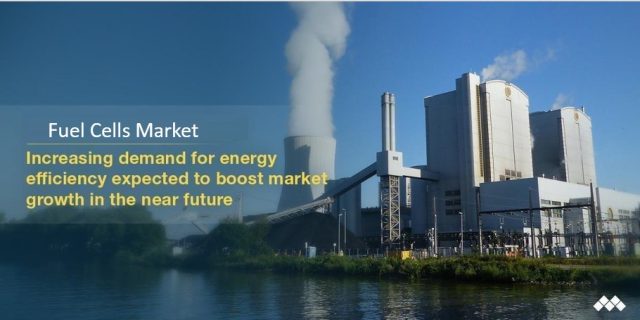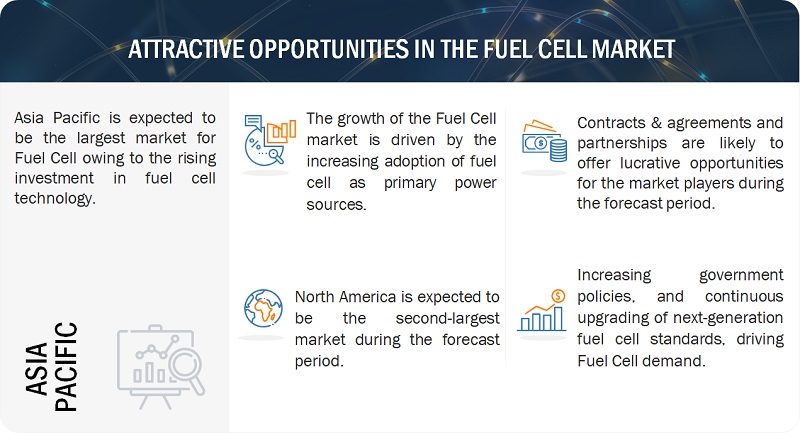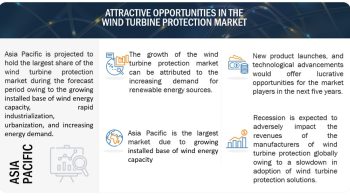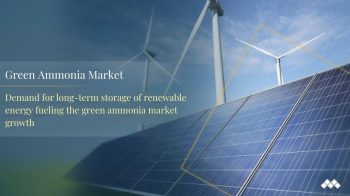
The fuel cell market is projected to reach USD 8.7 billion by 2028 from an estimated USD 3.3 billion in 2023, at a CAGR of 21.7% during the forecast period. Fuel cells are devices that generate electricity through electrochemical reactions, typically using hydrogen as a fuel source. They are considered a clean and efficient technology, as the only byproducts of the process are water and heat. Fuel cells boast high energy conversion efficiencies compared to traditional combustion-based power systems. The electrochemical process allows for more direct and efficient conversion of fuel into electricity, resulting in minimized energy losses. Rising growth in the demand for consumer electronics along with increasing adoption of fuel cell technology solutions are the factors expected to drive the demand for the fuel cell market.
The Solid oxide fuel cell (SOFC) segment, by type, is expected to grow at the highest CAGR during the forecast period.
Based on type, the fuel cell market has been segmented into proton exchange membrane fuel cell, solid oxide fuel cell, phosphoric acid fuel cell, alkaline fuel cell and microbial fuel cell. The solid oxide fuel cell (SOFC) segment is expected to be the fastest growing segment during the forecast period. Solid oxide fuel cells demonstrate flexibility in their application, being utilized across diverse sectors like stationary power plants, combined heat and power (CHP) systems, and specialized uses in portable and military settings. This adaptability substantially contributes to their appeal and market desirability.
Download PDF Brochure – https://www.marketsandmarkets.com/pdfdownloadNew.asp?id=348
The transportation, by end user, is expected to be the largest segment during the forecast period
This report segments the fuel cell market based on end user into six segments: residential, commercial & industrial, transportation, data centers, military & defense and utilities & government/municipal institutes. The transportation segment of the fuel cell market based on end users is expected to be the largest segment during the forecast period. The transportation industry is undergoing a notable transition towards embracing eco-friendly and sustainable energy solutions due to growing environmental apprehensions and regulatory demands for emission reduction. Fuel cells have surfaced as a prospective substitute for conventional internal combustion engines, offering numerous benefits in the quest for more environmentally conscious transportation. In contrast to conventional internal combustion engines, which release pollutants and greenhouse gases, fuel cells produce energy while emitting solely water vapor and heat. This quality positions fuel cell vehicles as an environmentally favorable choice.

The small scale, by size, is expected to be the largest segment during the forecast period.
This report segments the fuel cell market based on size into two segments: small scale (up to 200 kW) and large scale (above 200 kW). The small-scale (up to 200 kw) segment is expected to be the largest segment during the forecast year. Fuel cells with power capacities up to 200 kW find applicability in residential and small-scale commercial settings, serving diverse purposes. These versatile systems are well-suited for deployment in backup power systems, where they ensure a reliable and continuous energy supply during outages. Additionally, they prove valuable in combined heat and power (CHP) units, simultaneously generating electricity and useful heat for enhanced efficiency in heating applications. Moreover, these fuel cells contribute to the development of microgrid installations, providing localized and decentralized energy solutions that enhance energy resilience and sustainability at a community level.
Make an Inquiry – https://www.marketsandmarkets.com/Enquiry_Before_BuyingNew.asp?id=348
The balance of plant, by component, is expected to be the largest segment during the forecast period.
This report segments the fuel cell market based on components into two segments: stack and balance of plants. The balance of the plant segment is expected to be the largest segment during the forecast year. The balance of plant components is crucial for the operations and efficiency of fuel cells. The enhancements in the balance of plant components are pivotal for elevating the holistic performance, robustness, and cost efficiency of fuel cell vehicles. Notably, breakthroughs in the design and functionality of air and fuel supply systems have emerged as key catalysts in augmenting the efficiency of fuel cell stacks, thereby contributing substantially to the overall efficacy of these vehicles.
Hydrogen, by fuel, is expected to be the largest segment during the forecast period.
This report segments the fuel cell market based on fuel into five segments: hydrogen, ammonia, methanol, ethanol and hydrocarbon. The hydrogen segment is expected to be the largest segment during the forecast year. Hydrogen fuel cells generate electricity by means of the electrochemical interaction between hydrogen and oxygen, resulting in water as the sole emission. This method is eco-friendly, as it involves no release of greenhouse gases or pollutants during its operational phase. Hydrogen fuel cells find application in diverse industries for stationary power generation, serving as a dependable and effective electricity source. Commonly employed in remote areas or as backup power systems, they contribute to a stable and efficient energy supply.
The stationary, by application, is expected to be the largest segment during the forecast period.
This report segments the fuel cell market based on application into three segments: stationary, portable and fuel cell vehicles. The stationary segment is expected to be the largest segment during the forecast period. Stationary fuel cells are used for various applications, including power generation for commercial, residential, and industrial purposes. It provides a reliable and efficient source of electricity, and their adoption has been increasing for backup power, distributed generation, and as a part of microgrid systems. The increased government investments in stationary applications such as renewable power generation are also propelling the fuel cell industry.
Asia Pacific is expected to be the largest region in the fuel cell market.
Asia Pacific is expected to be the largest fuel cell market during the forecast period. Governments in countries like Japan, South Korea, and China are proactively championing the advancement and integration of fuel cell technology as a pivotal component of their strategies to mitigate carbon emissions and foster the adoption of sustainable energy solutions particularly in Japan and South Korea have made substantial investments in fuel cell technology, directing their efforts towards diverse applications such as transportation and stationary power generation.
Ask Sample Pages – https://www.marketsandmarkets.com/requestsampleNew.asp?id=348
Key Market Players
Some of the major players in the fuel cell market are Bloom Energy (US), AISIN CORPORATION (Japan), KYOCERA Corporation (Japan) and Cummins Inc. (US). The major strategies these players adopt include new product launches, contracts, agreements, partnerships, and investments & expansions.


